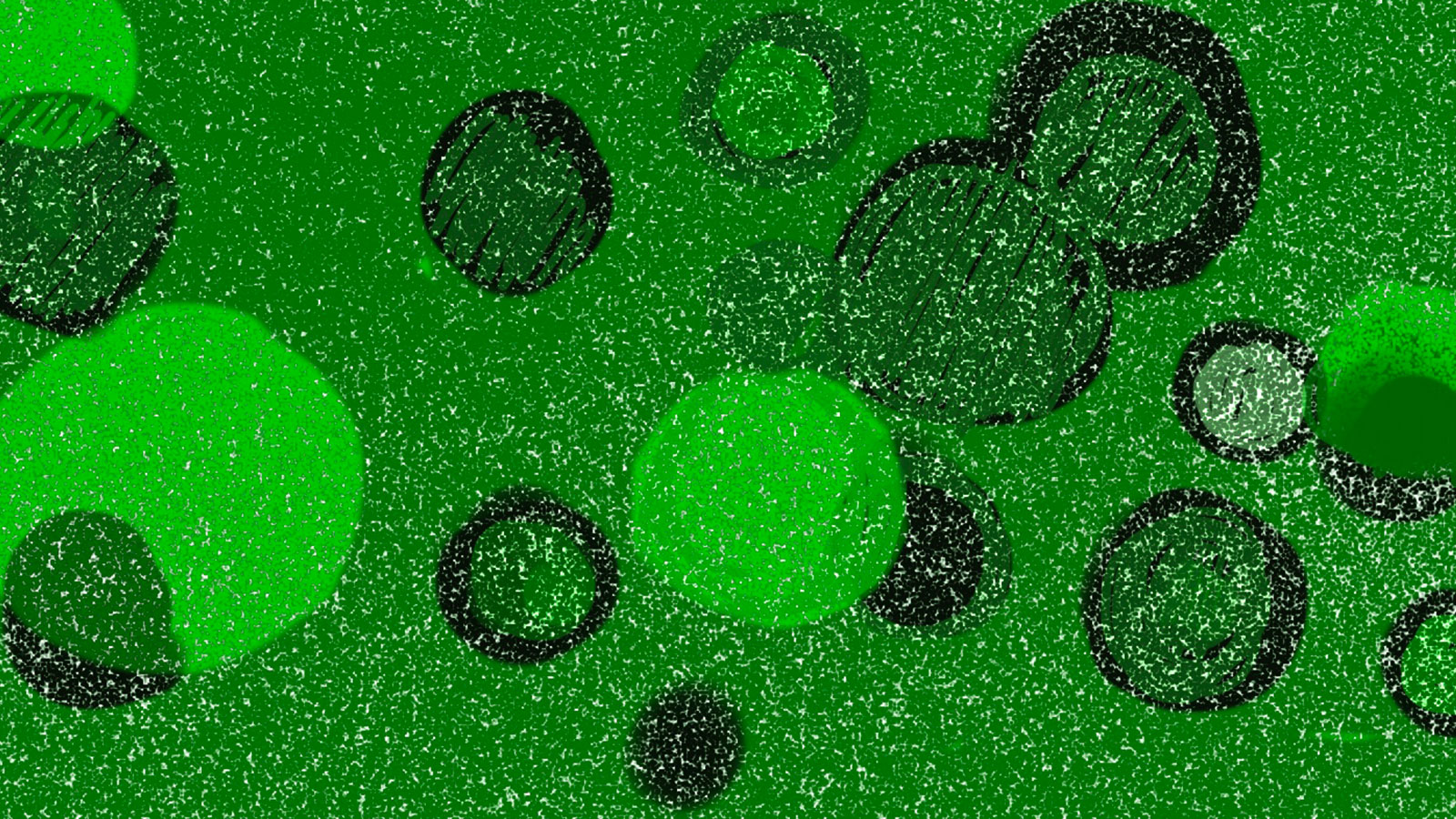
SECOND NATURE
Living with nature
Can our spaces, our cities, the way we raise our children, be reconnected with nature?
Second nature is a project that explores what humans design and create and its relationship with nature. Over the last century we have transformed our surroundings in drastic ways.
If you define nature as the living organisms around us, we have cut ourselves off from much of nature.
As kids have increasing screen time with games and computers, constantly sterilizing their hands, and spend less time outdoors, they are becoming increasingly cutoff from microbe biodiversity and as a result weakening their immune system and missing out on the health and mental stress benefits of this contact. We held a workshop, got our hands dirty, and searched for microbes in all corners of Shibuya.
biodiversity, microbe hunting in Shibuya (2020)
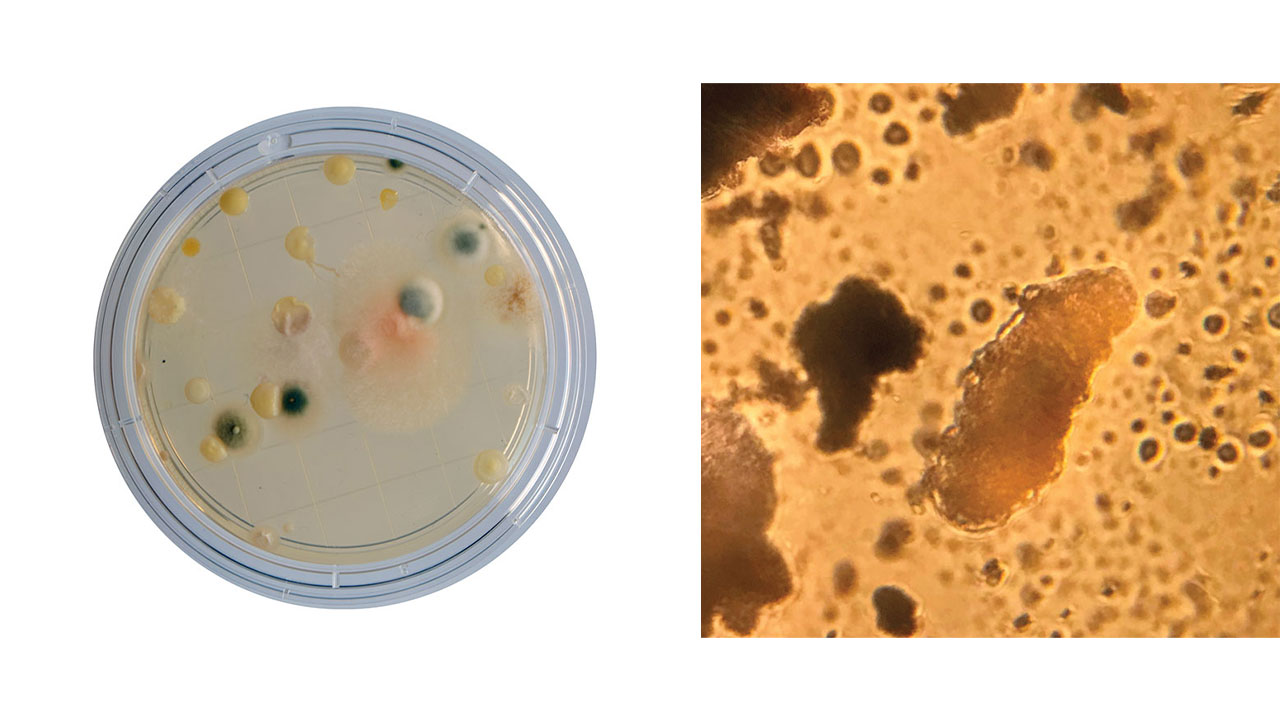
(L)rose garden soil, fungus (R)backstreet, moss on tree, nematodes
One of the best ways to reconnect biodiversity is to bring it in into the home. Opening a window is one of the easiest methods. However, allergies, extreme temperatures, air and noise pollution make this more difficult in our growing cities. Another approach is to bring nature into the home and give it the conditions they need to thrive.
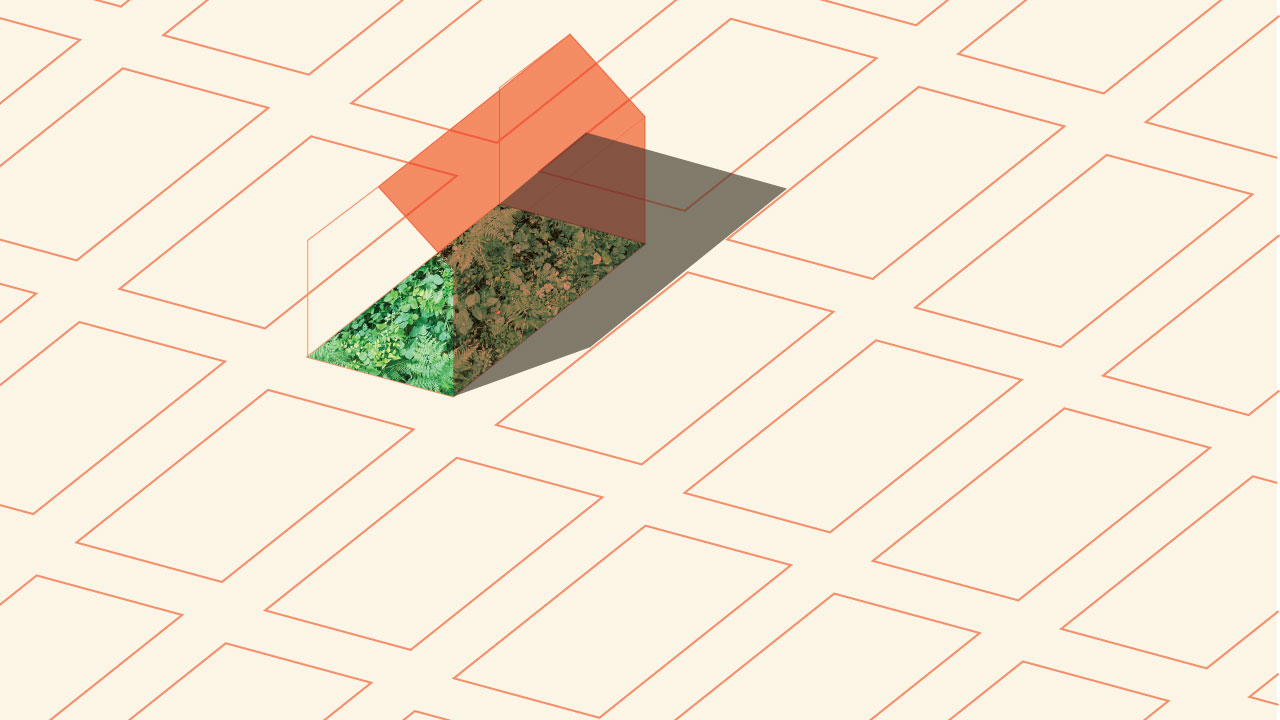
Different from a typical vase, a terraform planter creates relationships between diverse plants, the roots, bacteria, fungus and soil. We can combine different types of native plants and from this plant diversity the bacteria and fungi living in the soil will also increase.
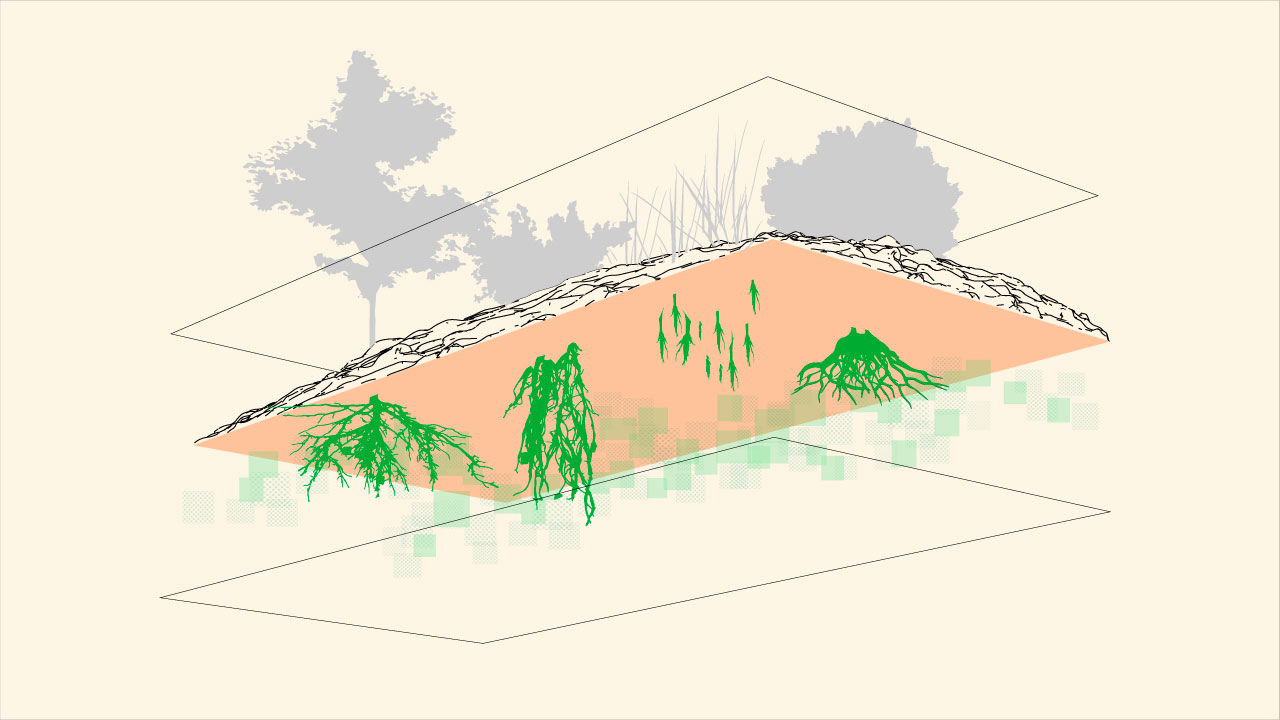
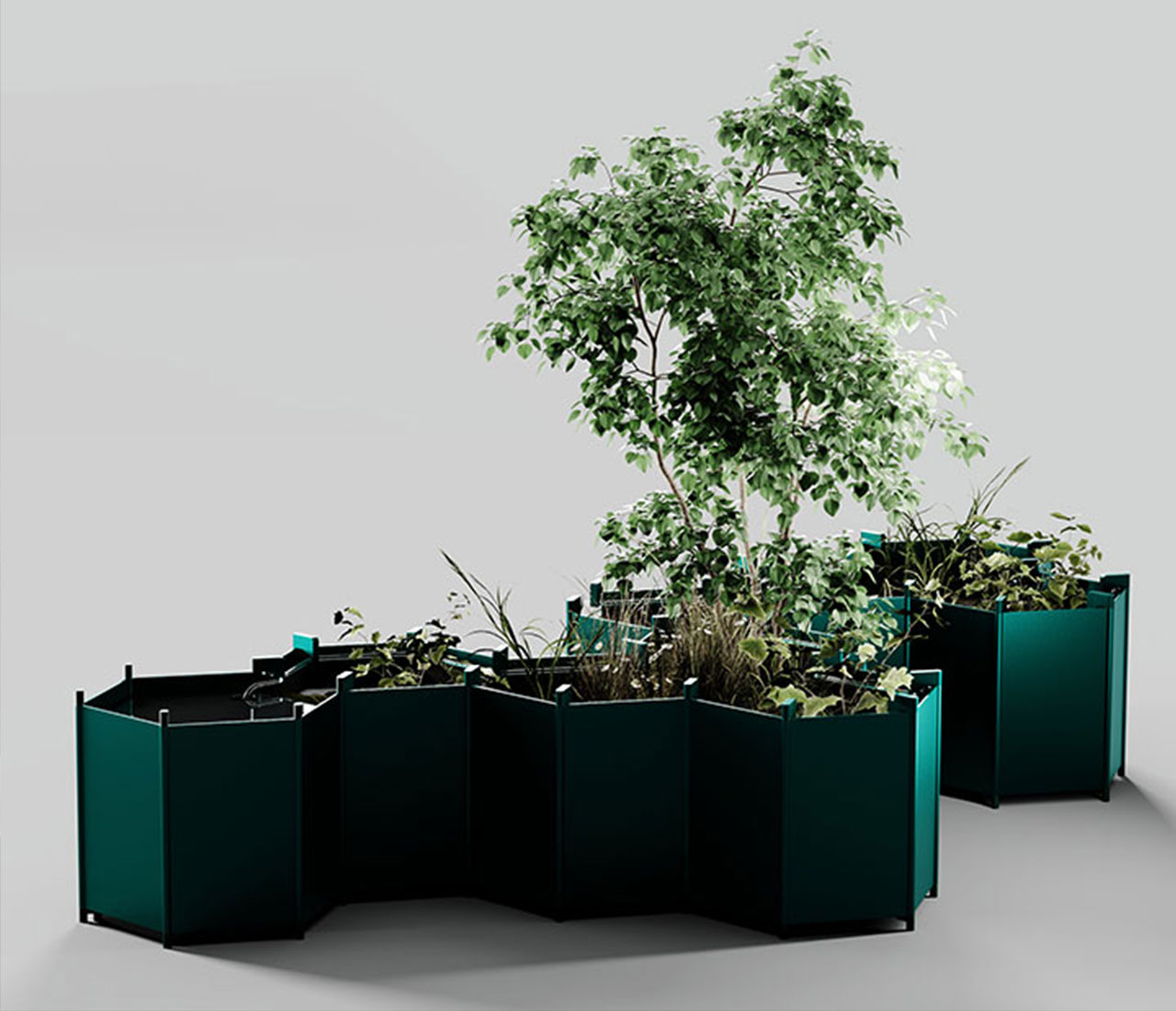
A modular growing system that also manages water for all the different plants.
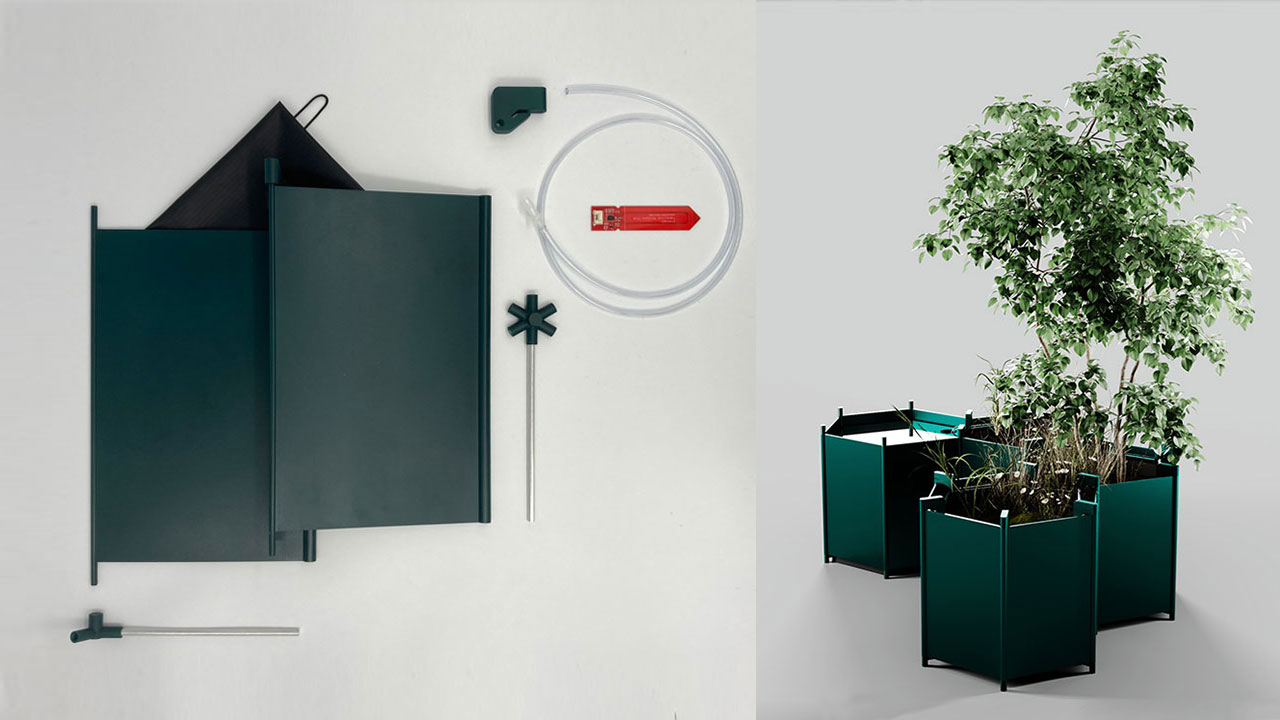
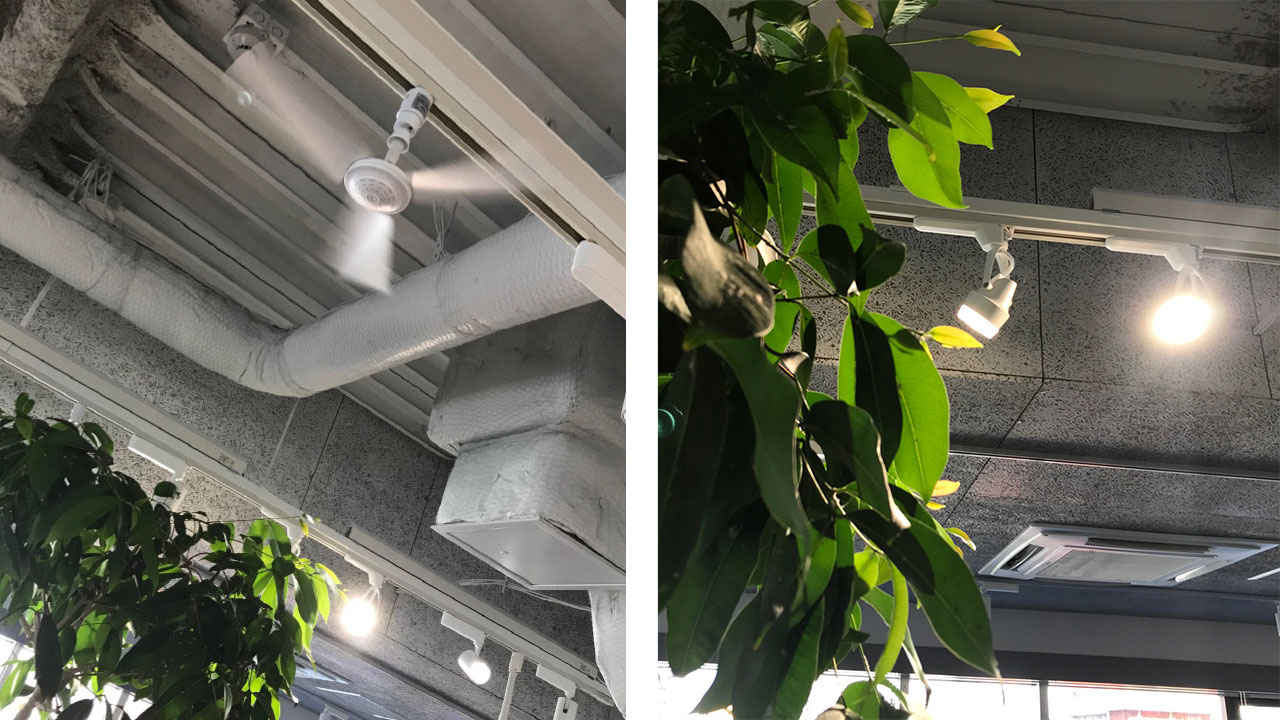
Light and wind were also used to produce a healthy environment for the plants, soil, and microbes.
We can begin to rethink our interior and appliances when we bring other roommates such as plants, bacteria and fungus into the home. Computer simulations were conducted to show how plant placement and its relationship to the air conditioner.
Samples were taken, and computer simulations were conducted to show the change in airborne microbe biomass in a room that has a terraform planter.
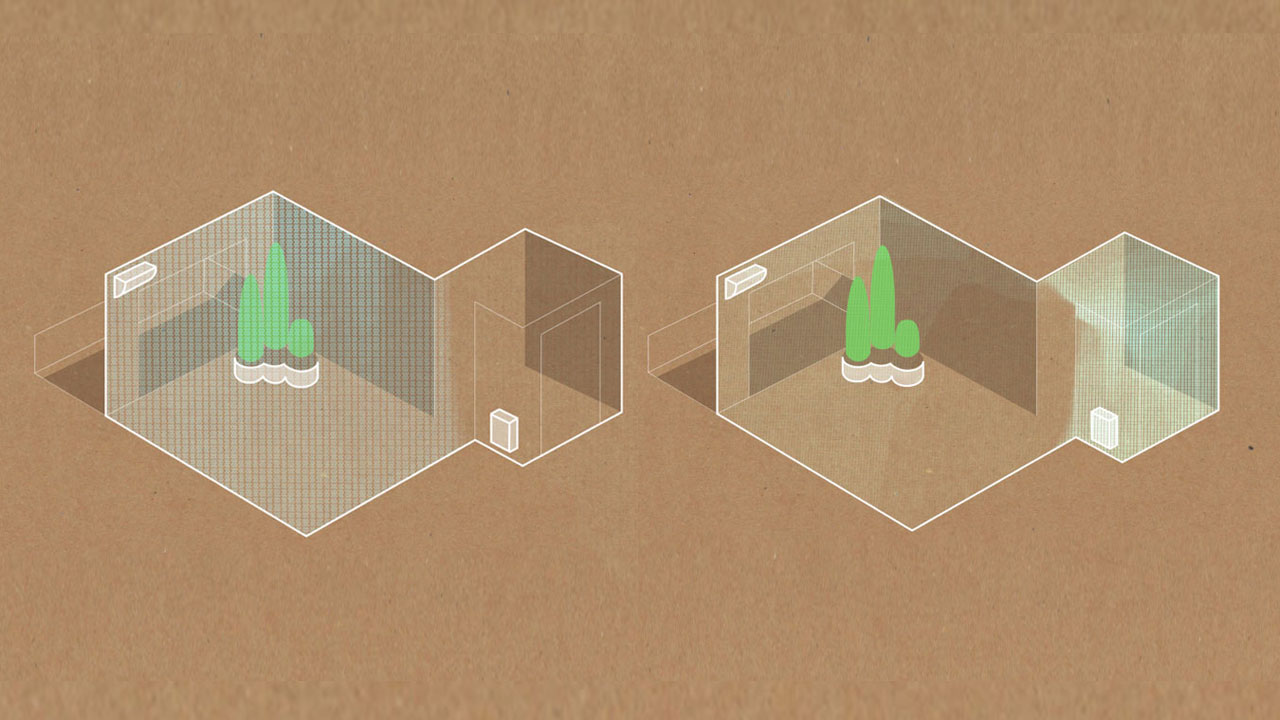
(L) A simulation also shows using air purifiers in can remove most of the microbes including good ones from the living room where we spend most much of our time.
(R) We can also propose that with good air circulation it is possible to focus on purifying the air at functional spaces such as the entrance to the house.